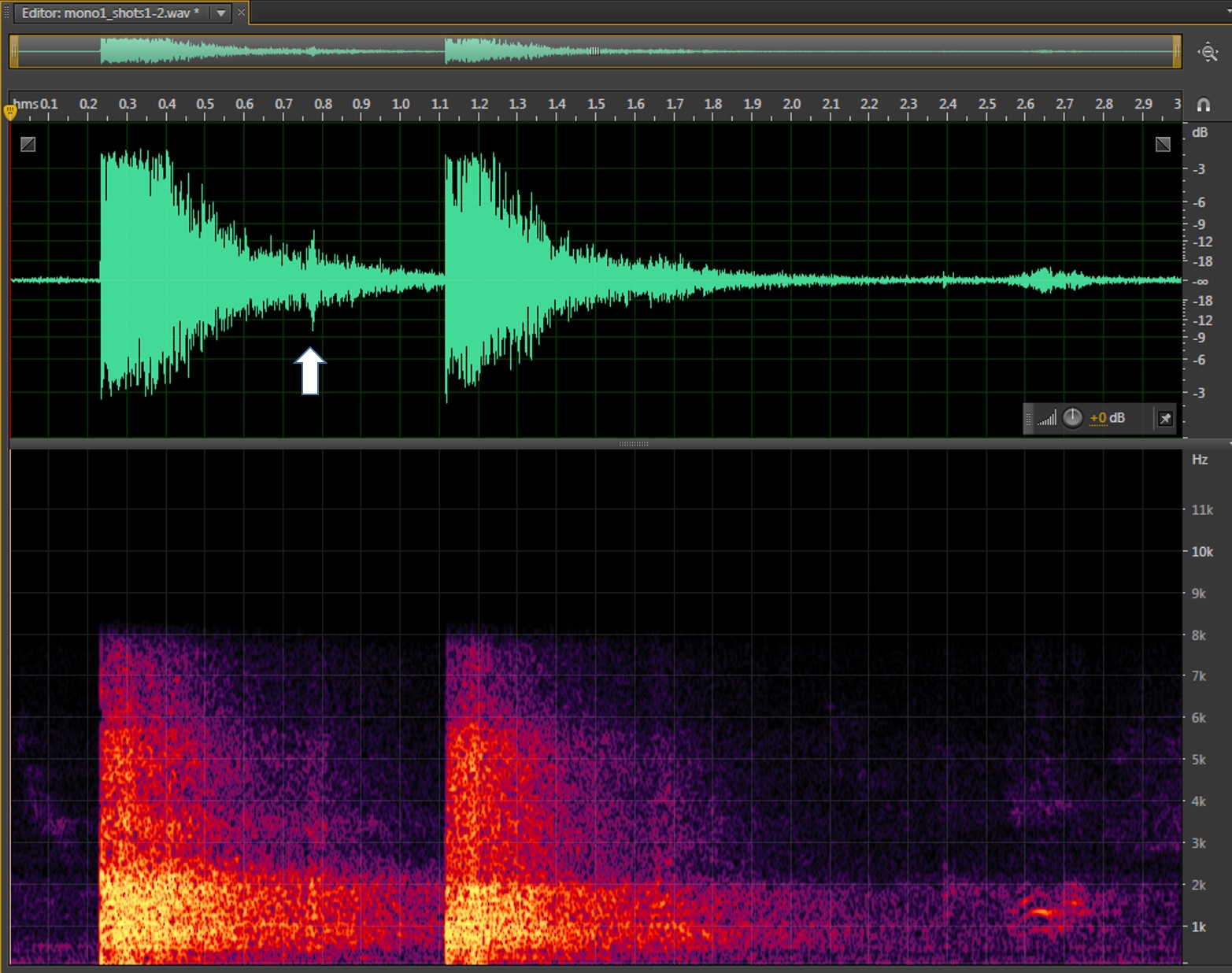
MP3s have been used for streaming in the past, but with hi-res streaming increasingly more popular, they're not the only codec format option out there. For example, MP3s encoded at 128kbps don't sound as great as those encoded at 320kbps, but listeners need to determine whether they prefer sound over storage. This compression method is versatile and works on nearly all playback devices.Īlthough MP3s are major space savers, the bit rate at which they're recorded has an effect on sound quality. In some cases, MP3 files can be 10 times smaller than WAV files. MP3 files use lossy compression, which compacts audio drastically. MP3 is one of the most popular audio codecs and became a household name for its ability to reduce file sizes for the first wave of solid state music players. MP3 (Moving Picture Experts Group Layer-3 Audio) Download services using WAV: HD Tracks and Bleep.The audio in these files is crisp, and the sound is good over Bluetooth. This is especially true in cases with limited bandwidth. WAV files are ideal for shorter sound bites because their uncompressed form means they're large files, making them difficult to stream. WAV is an uncompressed audio format that's great to use if you want to get the original recorded material without compromising sound quality. Download services using FLAC: Linn Records and HD Tracks.Streaming services using FLAC: Tidal, Murfie, Deezer Premium, Amazon Music Unlimited and Qobuz.

This format is not compatible with all devices and software, but it sounds great streaming over Wi-Fi or Bluetooth.

Though FLAC files are easily accessible, they can be six times larger than MP3 files, so they take longer to download.

The sound of a gunshot audio file software#
It's also a non-proprietary, open-source codec that's great for software developers who want to use lossless audio. (Image credit: Shutterstock) FLAC (Free Lossless Audio Codec)įLAC delivers CD-quality audio in a file size smaller than an actual CD.


 0 kommentar(er)
0 kommentar(er)
